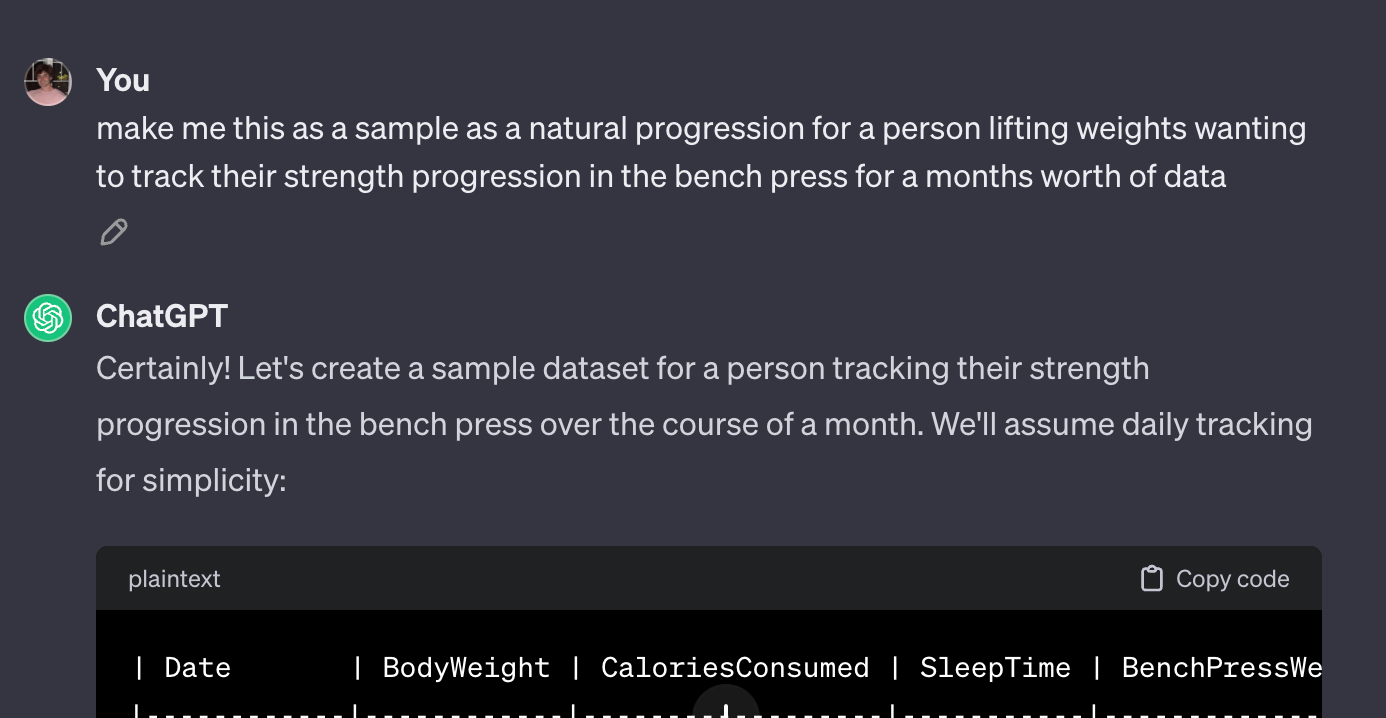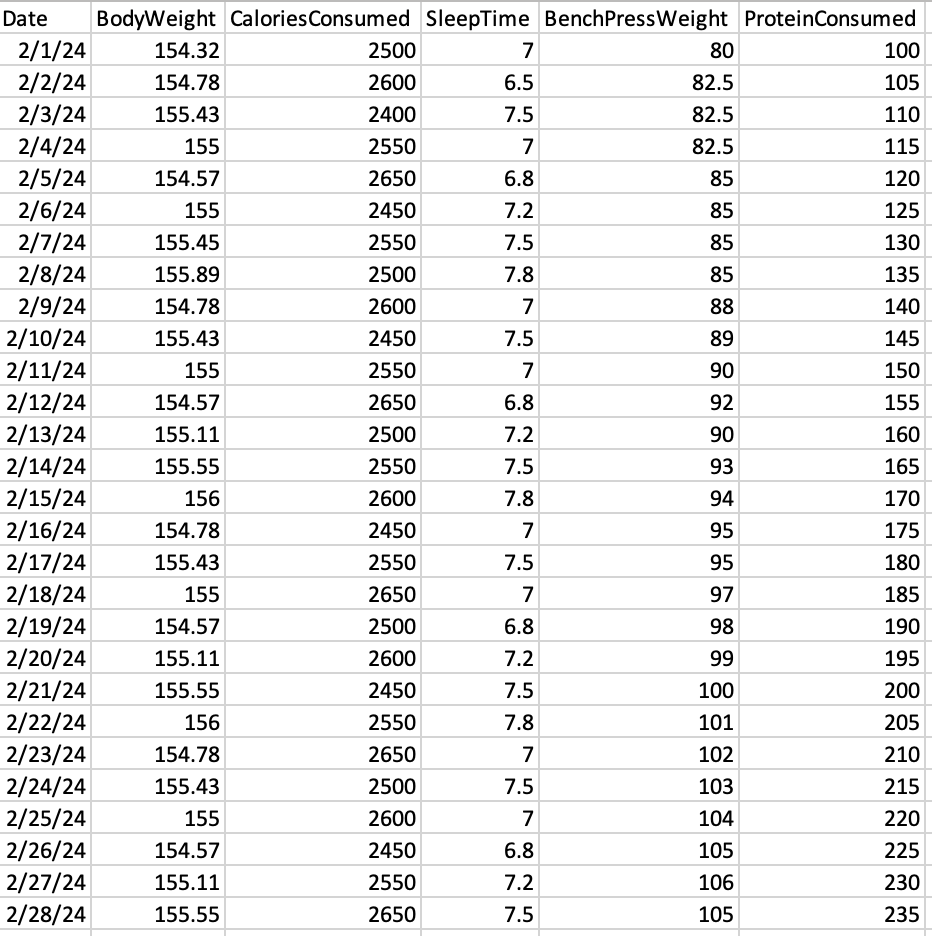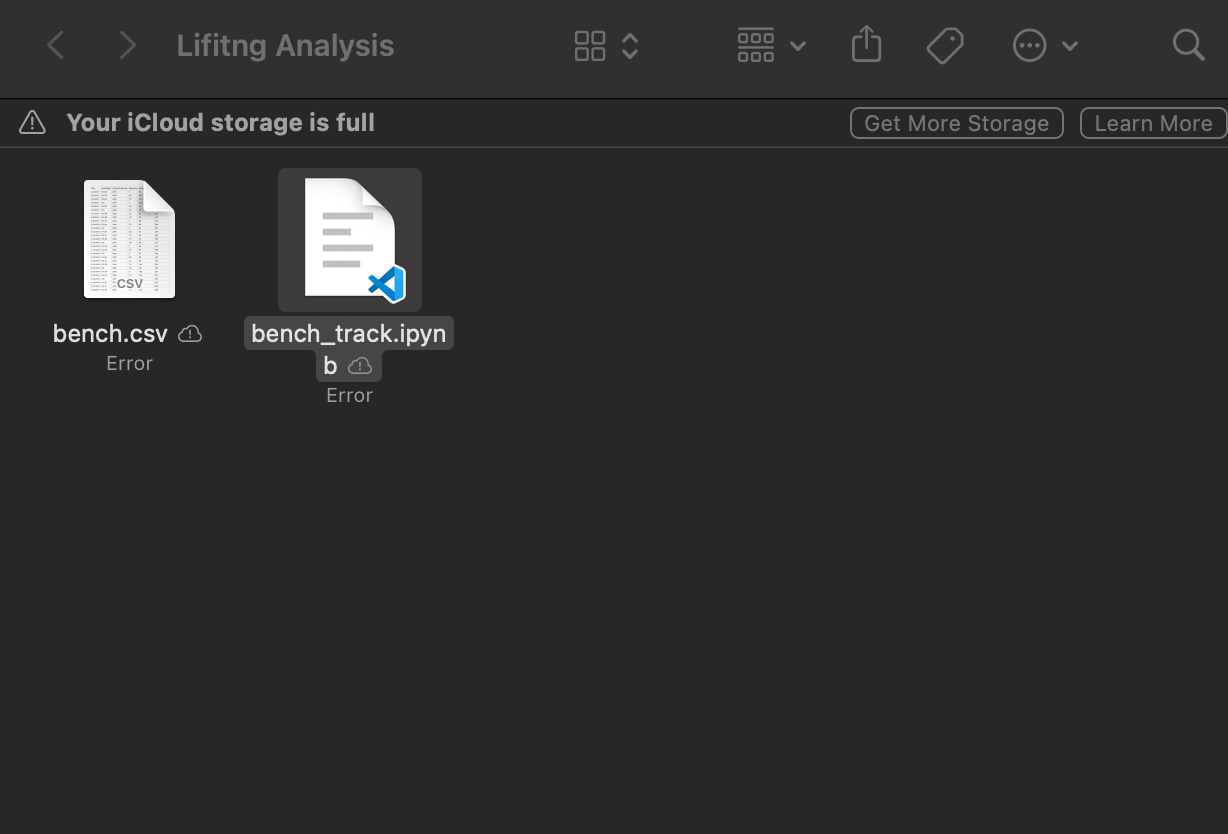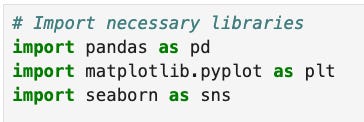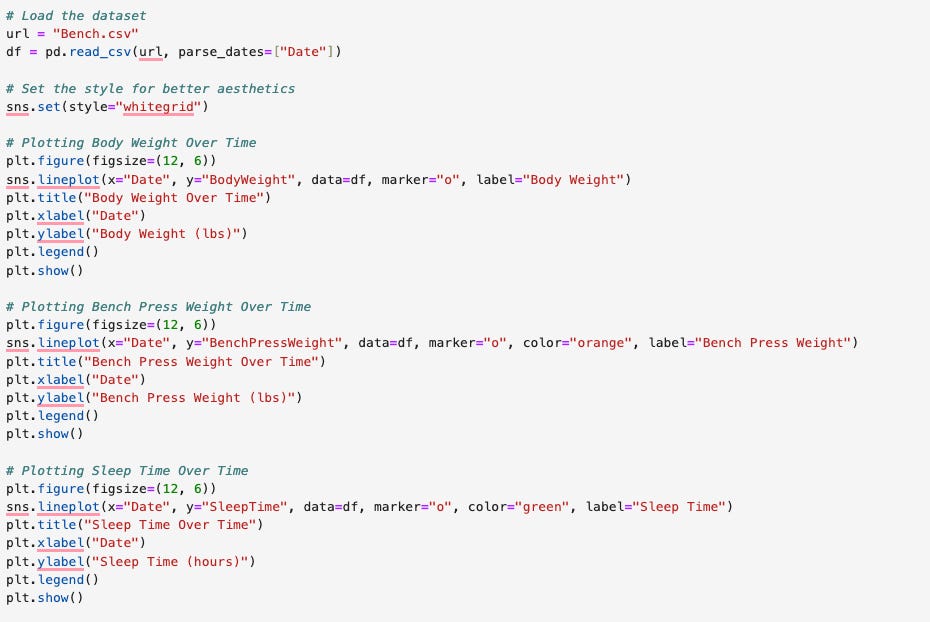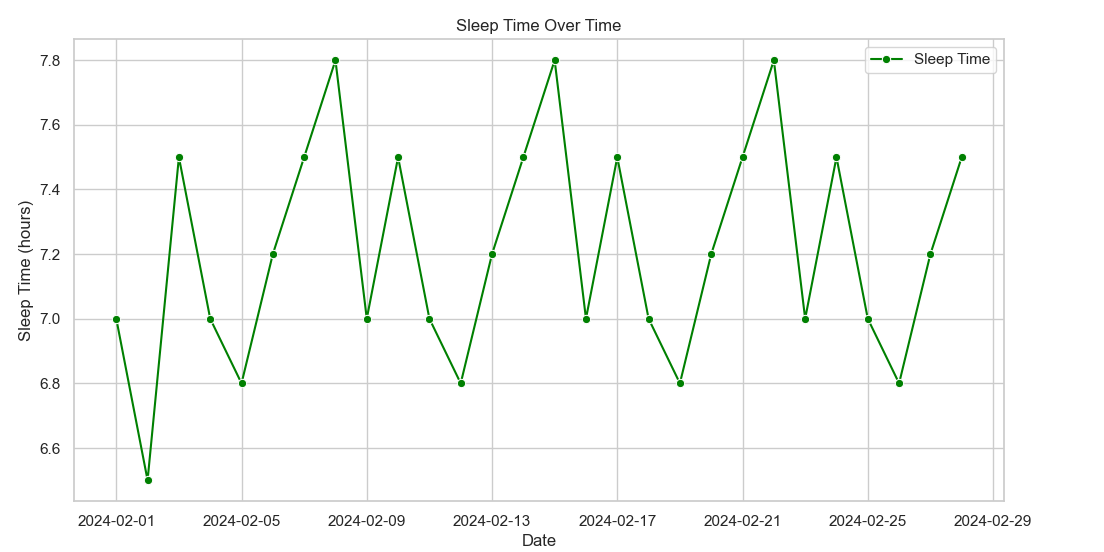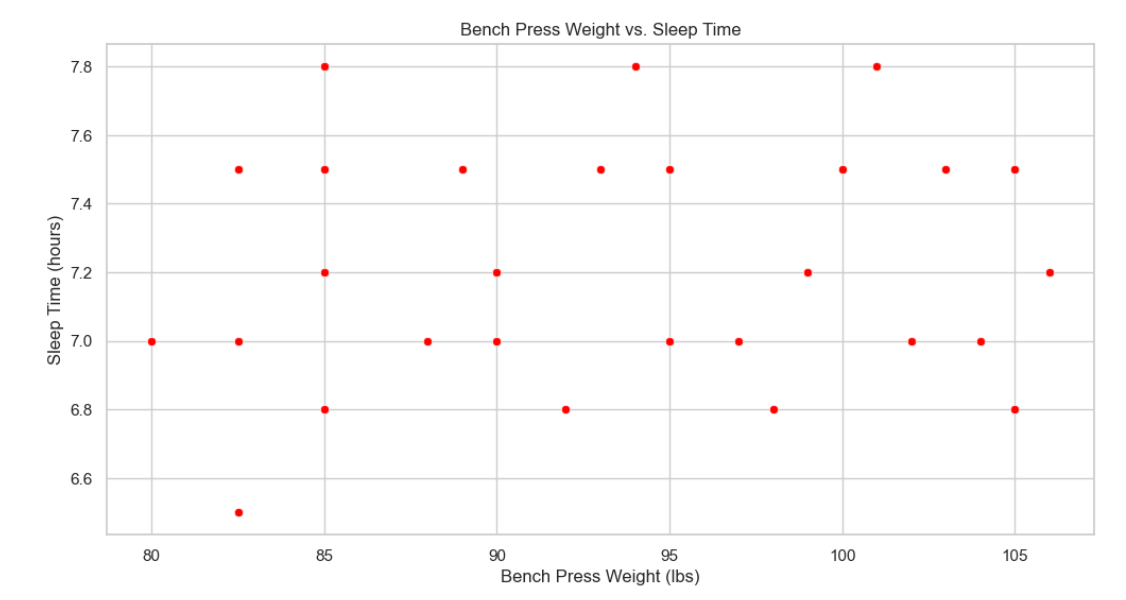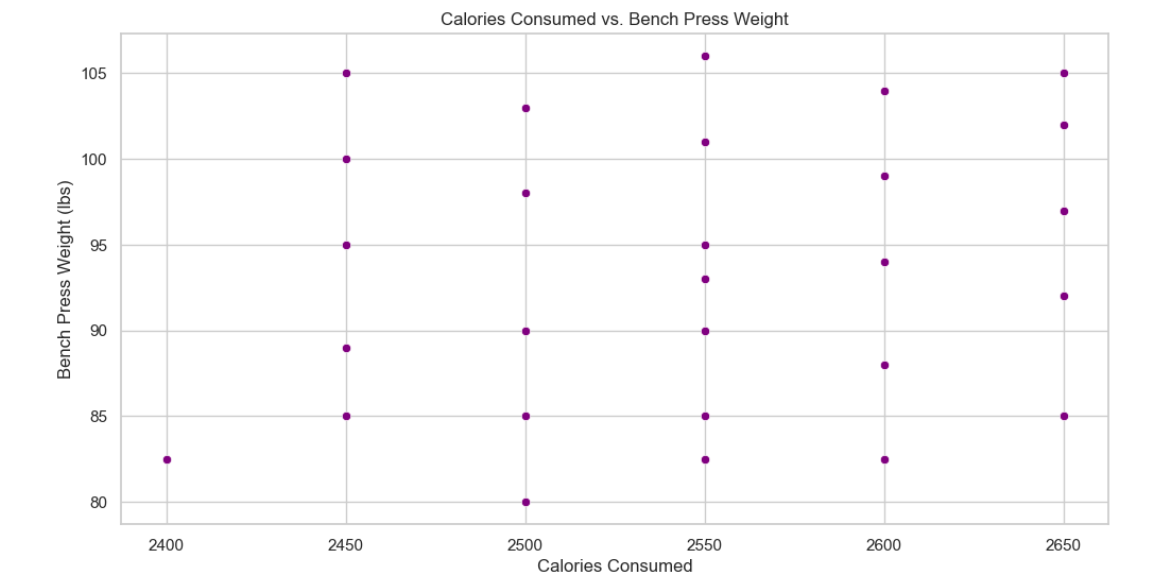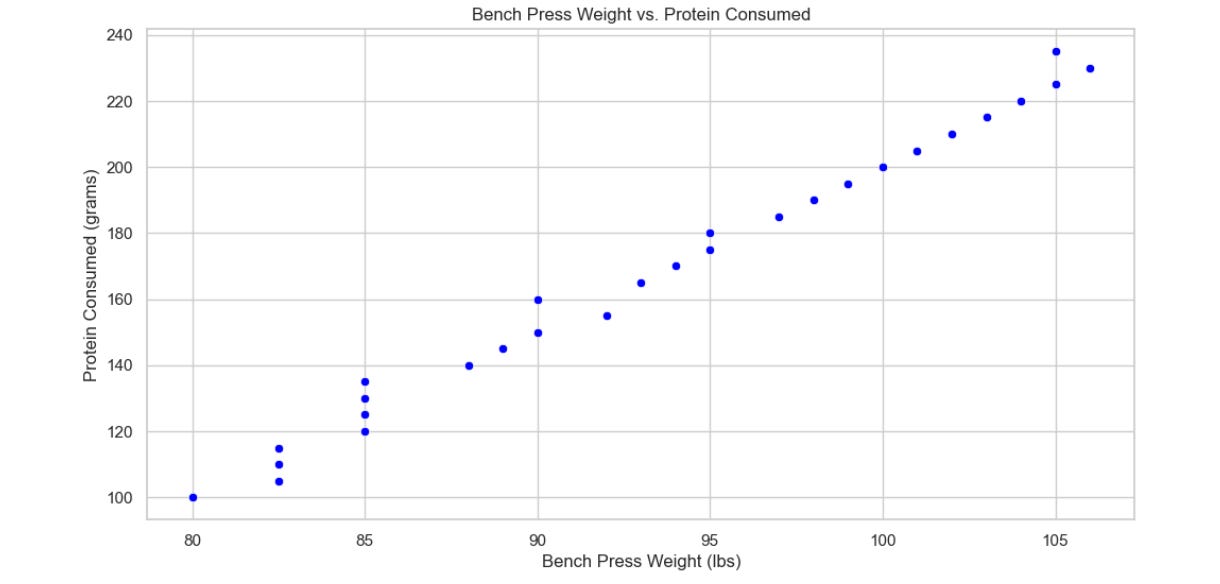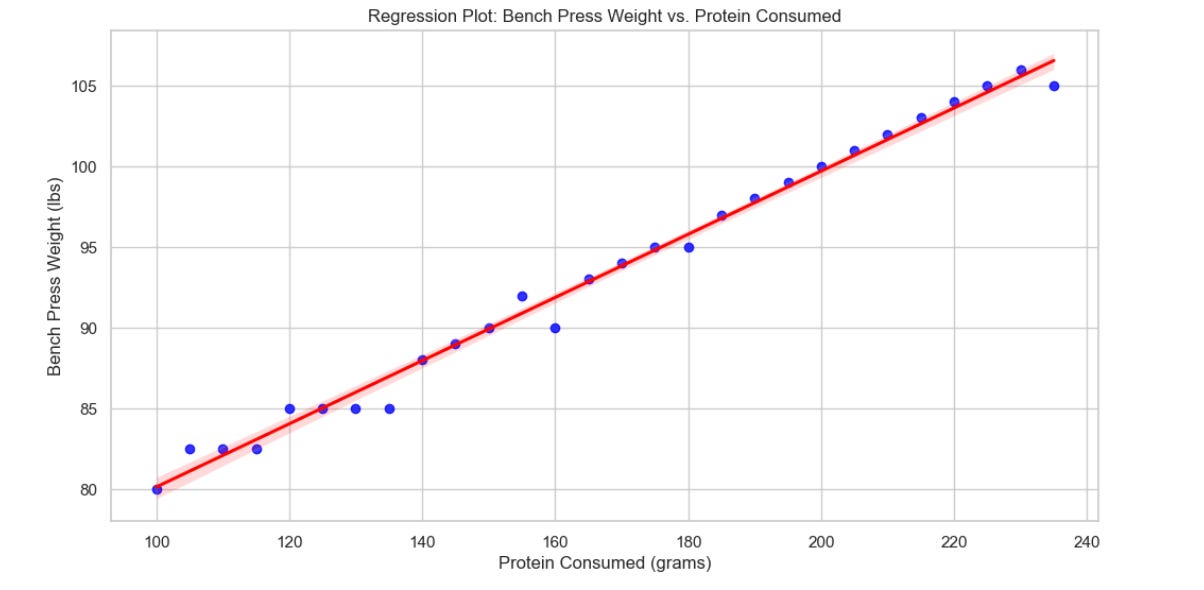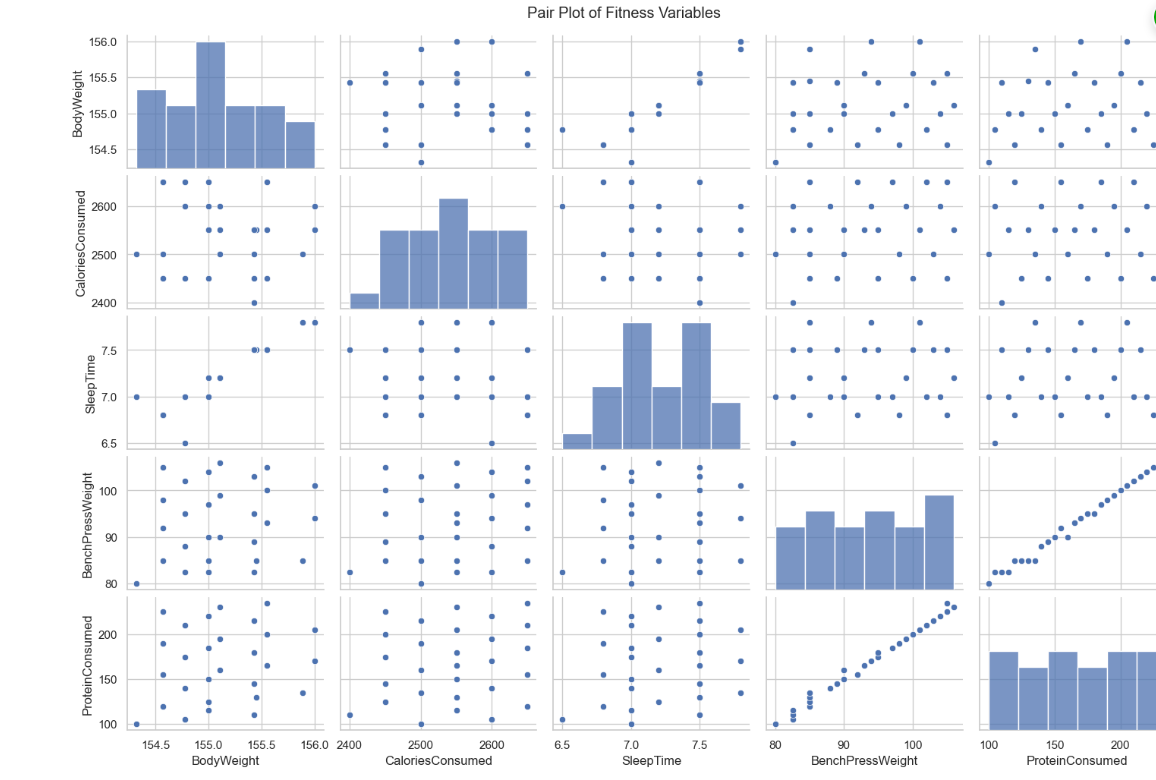Data Science for Personal Growth: Episode 1 — How to Use Your Own Data to Build Muscle (Step-by-Step)
You wont want to miss this one!
One misconception that I see looming around the world of data science is that the tools and teaching we learn while working with data are only practically applied in a professional environment. While I won’t disagree that tools to analyze and interpret data are invaluable to businesses finding insights into their industry, it is safe to say that people don’t realize two main concepts:
A.) Data is everywhere: from the calories you consume on a day-to-day basis, to the amount of screen time you spend scrolling social media!
B.) People generate a plethora of personal data that goes underutilized every single day
Our generation isn’t called “The Age of Information” for no reason everything and anything generates data, but it often is never actually used and I personally want to change this notion.
For my age demographic, the most common self-development process usually consists of binging on YouTube influencers' content with a clickbait title “How to Reinvent Yourself in 30 Days!” or “How to Become a Millionaire Tomorrow” and the thing about it is these videos may provide some value, but the way we consume content is really just a self-sabotaging cycle of feeling productive, being inspired to change, and really just going down the same path we were on before, but feeling like we did something because we heard tips we already knew before!
What I am going to share with you today isn’t going to be a crazy coding session. Believe it or not, generating visuals and finding insights with data isn’t always a coding-intensive process, but what it does require is having an intentional story that you aim to uncover!
This one key difference makes me a firm believer people that who are serious about self-improvement should invest time in developing simple data analysis skills to use their own data to uncover their insights. Scrolling social media self-help tricks one into a complacency cycle whereas using one's own data for self-discovery ensures proactive action toward change.
The first episode of Data Science for Personal Growth: Building Muscle with data
I am creating this series to show how we can actually use our underutilized data to grow not only professionally, but also develop our personal goals too!
“How to build muscle” is one of the most searched questions on the internet, and self-help influencers love to answer this question by selling their courses and e-guides which most of the time are just recycled information you already hear before. Unfortunately, fitness isn’t one size fits all. Instead of wasting your time, why not use the information that you already have access to and find the correlations in your data that actually prove to work for you?
Step 1: Data Collection (Goal Specific)
I will be honest with you if you lack a specific goal in mind this method will not be helpful. Finding specific correlations requires specific variables. Here are examples of unspecified goals vs. a specified goal in the niche of fitness.
Unspecific goal: “I want to build some muscle to look jacked on the beach”
Specific goal: “I want to add 20 lbs on my bench press by the end of the month”
While yes it would be awesome to build enough muscle to have a beach bod that is such a broad goal it is impossible to narrow the factors that are actually contributing to you getting that beach body.
Now we have a specific goal of adding weight to a specific lift which will in turn help in our ultimate muscle-building goal. We need to actually track variables that are
A.) Trackable
B.) Have a track record for being an important factor in muscle growth
Luckily I asked Chat GPT to make me a sample version of this!
After tweaking and specifying my query about the relevant variables this is what the sample data ended up turning out to be for a newer lifter who is serious about putting on size and weight on the bench while being as consistent as he/she can with eating at a caloric surplus and getting sufficient protein amounts.
Now that we have our data we go onto the more fun part in step 2!
Step 2: Prepping your Coding Environment
First things first setting up an environment to get this process going. I personally use Jupyter Notebooks since it is in my opinion just the easiest. Check out this tutorial if you need to set that up! (Basic terminal commands) https://jupyter.org/install
Now after that, I created a folder on my desktop to hold my CSV data as well as the Jupyter Notebook to build the visualizations
Then to launch your Notebook simply open your terminal and type:
Mac/Windows: “jupyter notebook”
Should look something like this then open a tab in your primary browser.
Then click on the desktop folder → then the folder where you stored the CSV for your lifting data.
Click new “Notebook” choose Python as your coding environment and congratulations you are ready to go do real data analysis!
Step 3: Data Analysis — How to actionably build that muscle!
3.1 ChatGPT Code Help:
The beautiful thing about the day in age we live in today is AI chatbots that can practically do the coding for you as long as you are specific enough in your questions.
The main tip of advice for asking ChatGPT questions for coding is to give it as much relevant information as you can before you begin, show it how your CSV looks, and explain your relevant goals associated with it.
3.2 The Code:
First things first, importing the libraries necessary for doing this data analysis. Pandas as your all-around Python data library, matplotlib, and seaborn for visualizations
So we have a few main variables and in this case, I am a new lifter who has basic knowledge of what contributes to muscle growth. I know sleep, protein, and calories are important. First things first we make visualizations to see basic factors like weight over time, my tracked bench press weight over time, and finally my sleep over time (all over a course of a month)
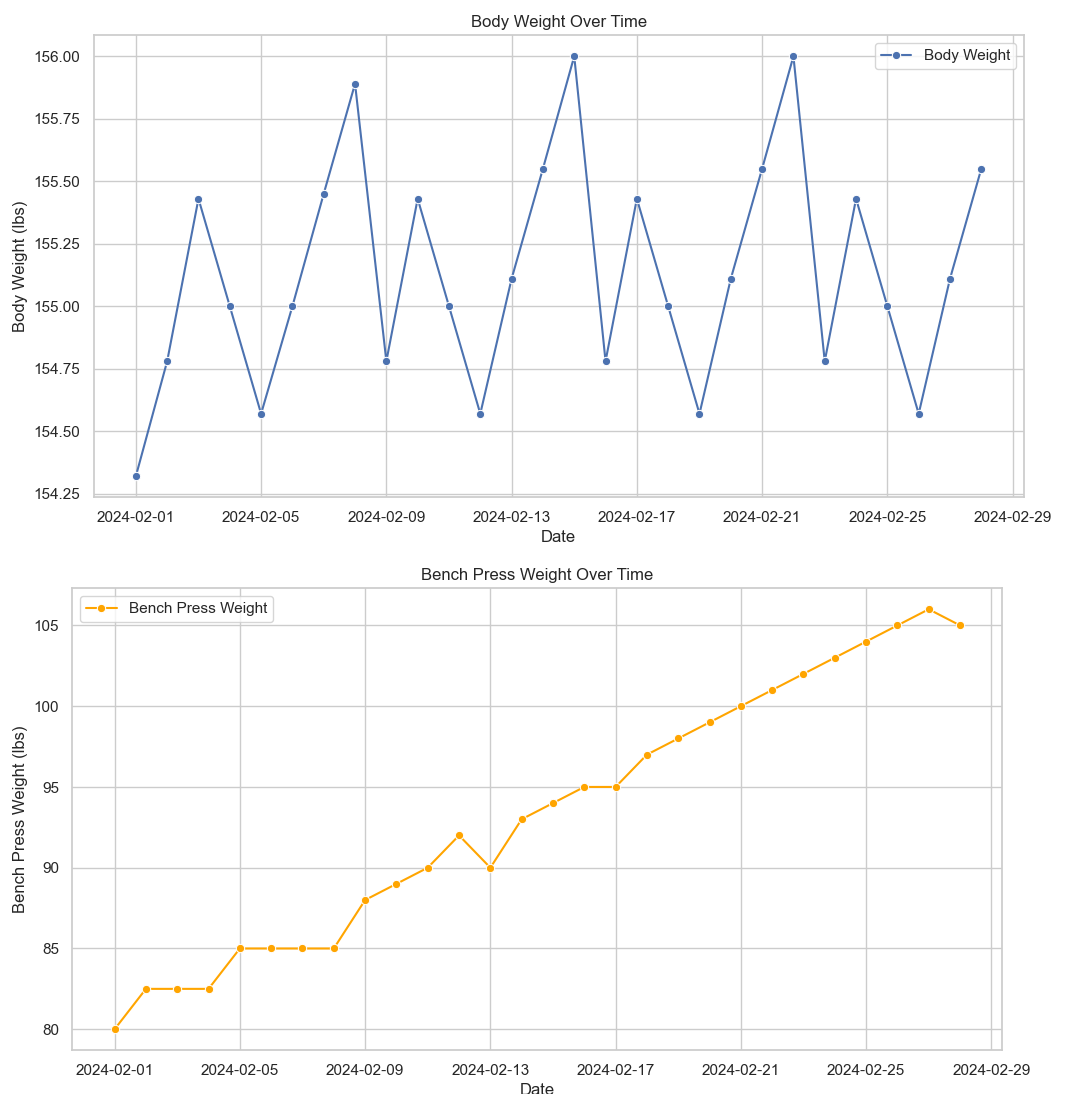
Next, this is the bread and butter of this analysis. The correlations between the main muscle-building variables we hear in these fitness videos using our own lifting data. Bench Press Weight & Sleep Time, Bench Press Weight & Calories Consumed, and finally Bench Press Weight & Protein Consumed.
Not a strong correlation between these two so in this sample person's data that GPT came up with, sleep wasn’t too big of a factor in the growth of muscle. Let’s try calories consumed!
Wow, this one was even worse. That leaves one more variable to see if they are correlated or not.
Bingo! According to this data: So long as the sample person keeps their protein consumption high they will keep growing at a consistent pace in their bench press.
Let's take it one step further and generate a regression plot for these two variables as well!
We can even make distributions to see the weights on the bench that were the stickiest for us and had the hardest time breaking past.
Seems like 85 lbs was the stickiest weight for this individual!
Finally, we can use a pair plot to see all the remaining correlations on a large scale.
Fascinating stuff right? Let's move on to the last step since we have all these insights.
Step 4: Data Interpretation — What does information do for us?
We learned for this sample person that the most important factor for them to build muscle is the protein consumption variable. it was clear that while the sleep time variable had some correlation to the bench press weight growth, it pales in comparison to the importance of consuming protein for this individual.
Remember this was a sample of data made by ChatGPT and not a one size fits. This sample was made to show how simple variable correlations can lead to profound personal insights and help people achieve their personal goals.
Also finding the factors in data analysis that do not correlate can have just as positive of an impact as finding those strong correlations. Knowing what factors do not benefit you in achieving a particular goal is a huge time saver and can help redefine how you chase a goal.
I challenge you to try this model on yourself. And it does not have to just be fitness, Mood tracking especially related to phone usage is also something that I am eager to write about. There are many ways to expand on these results as well so if that is something you’d like to see please drop a comment. Next time I aim to use my own personal data to make it more realistic!
I hope you took something away from this. Many times we look for more information than we need. Most of the time what you need is already in you, just a reframing of how you see it can make all the difference!
Exclusive Content: Substack
Connect: My website | Book a call | Ask me anything
Socials: YouTube 🎥 | LinkedIn | Instagram
Support: Buy me a coffee ☕️


